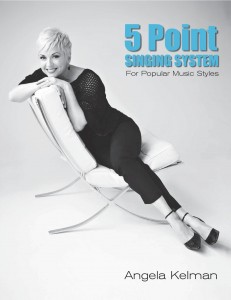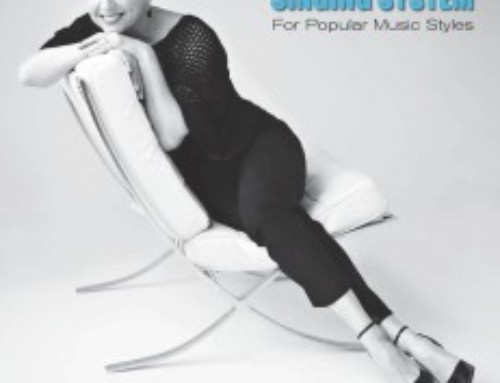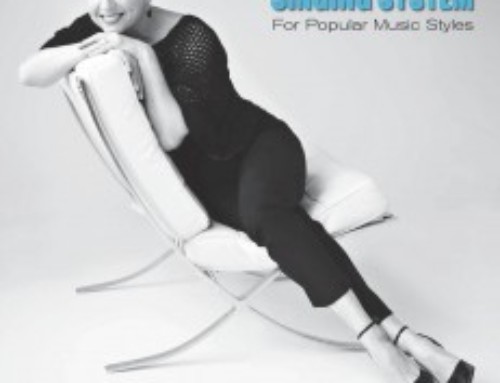
Sound checks are a curious thing. Often they are conducted in an empty venue that will be filled with an audience a few hours later. So, how do you prepare effectively for a performance in an environment where the variables will most likely change once the audience is seated? Here are some of the things that saved my ears and my sanity on many occasions.
The number one thing for me that takes priority during a sound check is to be really aware of volume on stage. There has to be a level of professionalism where everyone is on the same team, volume-wise. If some ego maniacal player has to have his amp cranked up to “11” in order to “hear” themselves, start looking for another musician who understands what is needed to work as a team. (Okay, maybe a little harsh, perhaps repositioning the amp or adding a baffle in front may solve the problem). Because most of the bands I work with are vocal based bands, it is imperative that everyone can hear each other well on stage but not have the monitor volume obliterated by an instrument that is too loud. Something to think about as well is that if an instrument is too loud on stage it will most certainly be hard to mix into the overall front of house sound in the room.
Sound checking at a lower level will give you some “head room” to add volume should you need it once the room is filled with an audience. If musicians and singers max out the volume in sound check it may backfire and cause a lot more issues once the show starts. In my opinion, it is a lot easier to add some volume once the performance begins than trying to take it away. Something that is too loud can be painful on stage and put you in a cranky mood and prevent you from doing your best job. Remember too, that if you are too loud on stage, you’re probably too loud in the room and that can turn your audience off. Be respectful of everyone’s hearing as it is a gift you can’t get back once it’s gone.
Tonality of instruments and voices in the monitors is something to think about when sound checking as well. Learn to communicate to your crew, (if you are lucky enough to have one), what you need to hear in your monitor. For example, there have been situations on stage where the piano sound has been so brittle that it has hurt my ears and made me wince. In this case, asking the monitor tech to roll off some of the high end or warm up the tone with some low or bottom end would be suggestions on how to get what you want. There are three predominant descriptions of sound: hi end, mids and low end – pretty self explanatory. Be specific in describing what you are hearing and what you need to hear and you’ll have a much more pleasant sound check and show. If you can familiarize yourself with names of frequencies and what they sound like you can be really effective when asking your sound crew to pull out a certain frequency that may be causing a hum or feedback on stage. If you are your own crew, experiment with different levels and frequencies until you are familiar with them and can adjust your sound the way it works best for you.
Remember learning to sound check effectively is a journey. Variables such as room size, how many people are in the audience, hard surfaces that make the sound bounce around or soft surfaces that absorb the sound are all factors to consider when sound checking. Some nights will be blissful sound-wise and others will be challenging. Just remember that loud isn’t always better and “over effected” (way too much reverb or delay, for example) may not always be the right way to go for the room. You will get a feel for the right level for the room. Use common sense and be aware of what the comfort level is for everyone on stage and in the audience in order to deliver the best experience for all.
Until next time… Breathe, Happy Singing and Sound Checking.
Angela
— Delivered by Feed43 service


